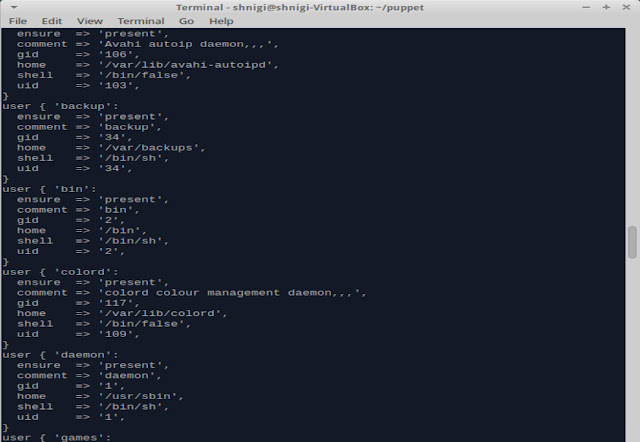We are doing a dynamic web project in school and we needed a Tomcat server. I then wanted to host the page myself because I wanted to learn everything from 0 to 100.
Raspberry Pi is little slow to read from MySQL but the price for this server is so low that it doesn't matter for me. Also Pi is completely silent and very small.
Here's what you need to do to make Tomcat 7 run.
$ sudo apt-get install openjdk-6-jdk
$ sudo apt-get clean
$ wget http://mirrors.axint.net/apache/tomcat/tomcat-7/v7.0.35/bin/apache-tomcat-7.0.35.tar.gz
$ tar xzf apache-tomcat-7.0.35.tar.gz
$ cd apache-tomcat-7.0.35/conf
$ nano tomcat-users.xml
<user username="system" password="raspberry" roles="manager-gui"/>
Now start Tomcat
cd ../bin
sudo sh startup.sh
Now you have a Tomcat server on your PI. Surf to the Tomcat console: yourIP:8080
example http://192.168.1.90:8080/ You can check your IP with $ ifconfig command





